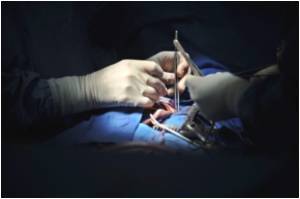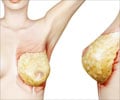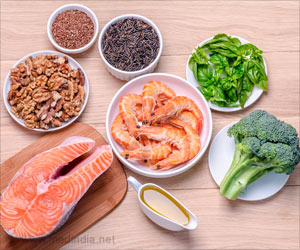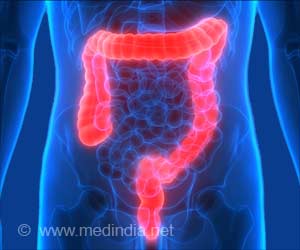
Surgeon Peter Denk, MD presented the results to an international audience as part of the scientific program at IFSO 2010, the annual meeting of the International Federation for the Surgery of Obesity and Metabolic Disorders, which took place in Long Beach, Calif. from September 3 to 7.
"Stomach tissue is extremely resistant to change and showing long-term durability of procedures utilizing endoscopic sutures or staples has proven difficult," said Dr. Denk, who operates out of the Lehigh Regional Medical Center in Fort Myers, Florida. "A special suture design that spreads forces and can adapt with the patient's anatomy is necessary when anchoring tissue from inside the stomach or GI tract. These results demonstrate durability of these expandable tissue anchors for over a year, offering surgeons a feasible approach when performing numerous incisionless GI procedures through the mouth."
Surgeons across the U.S. and in the European Union are using the IOP to perform ROSE in a number of applications, including repair of dilated stomach pouches and stomas after gastric bypass surgery, repair of gastro-gastric fistulas (a common complication that arises after Roux-en-Y gastric bypass), and slipped Nissen fundoplications for GERD. They also have used the IOP to close stomach incisions after removing the gall bladder through the stomach/mouth in NOTES (Natural Orifice Translumenal Endoscopic Surgery) cholecystectomy operations.
To perform these procedures, surgeons pass the flexible USGI IOP down a patient's throat and use these tools to grasp tissue and deploy the Expandable Tissue Anchors to create desired tissue folds that re-shape the stomach or close incisions in the stomach. An endoscope provides visualization during the procedures.
Of the patients who had ROSE for dilated pouch and stoma repair, data presented showed that 92% of those who underwent 12-month endoscopies (N=66) still had visible anchors and tissue folds. The tissue anchors were all visible during 18-month follow-up endoscopies in both patients who underwent ROSE to repair a slipped Nissen and all three patients who had six-month follow-up endoscopies after ROSE for gastro-gastric fistula repair.
Advertisement
The devices that make up the IOP have 510(k) clearance in the U.S. for tissue approximation in minimally invasive GI procedures and also received the European CE Mark in March 2010. USGI markets the IOP to surgeons in the U.S. and works closely with its distribution partners to build Incisionless Surgery Centers worldwide.
Advertisement
Source-Eurekalert









